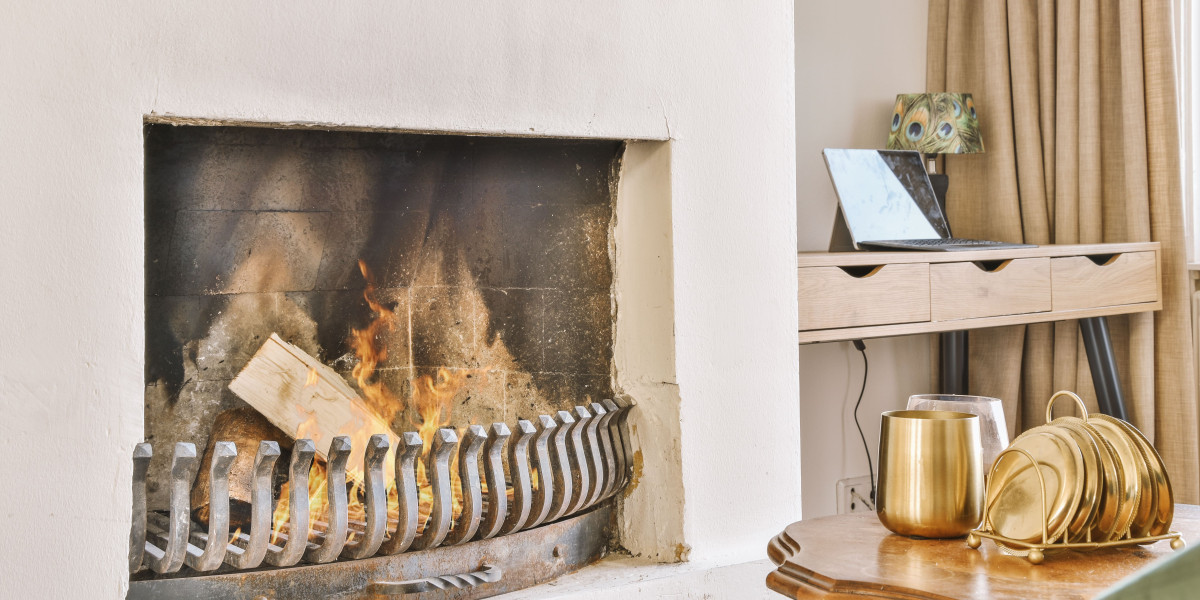The perfect surround can add character to your living space, whether you use it for warmth or to enhance your aesthetics. It can be difficult to choose a fireplace surround that is both safe and compliant with the code.
Fortunately, these custom surrounds are made of non-combustible materials and adhere to the National Fire Code. They can look great in any style of home.
Simple Concrete Surround with Slabs of Marble
A fireplace surround is an important focal point in rooms, and it can add warmth and charm. It is made of many different materials and designed to fit various styles of design. Before you decide on a fireplace design it is essential to consider the style and the budget of the space.
Marble fireplace surrounds offer a sophisticated appearance that can be paired with various styles of design. They can be combined with woods that are rustic or modern metals to create a unique, modern design. Marble is easy to maintain, and can withstand extreme temperatures making it an ideal option for a surround.
Stone is a classic material for fireplace surrounds that has a timeless look and works in many homes. It can be carved or etched to create a modern look or left unfinished to give it a traditional look. Stacked stone veneers can also be used to add texture and depth to a room.
Granite is a popular option for modern surrounds around fireplaces. It is durable and can be able to withstand heat well. It comes in a variety of patterns and colors so you can create different design styles. Quartzite is another durable option that can be cut and molded to fit a modern fireplace surround.
Installing a concrete enclosure for a fireplace might be possible for DIYers. It may seem like a daunting task however it's much simpler than you think if you work with professionals and prepare ahead.
A professional is also recommended when building a marble fireplace surround, as it requires special attention to avoid damage. A carpenter with experience will help you avoid costly errors.
If you plan to use tile for a fireplace surround, make sure it's rated for high temperatures. You can typically find this information on the packaging or ask an employee at a local home improvement store.
Leaning Frame Surround
The fireplace surround can transform the look of a room. It's not only visually appealing, but it also serves a functional purpose. It protects the wall that surrounds the fireplace from damage and also reflects heat back into the space. It's available in a variety of materials and can be customized to fit any style or decor.
Choosing the right material for a leaning frame surround is essential to achieve an intentional design. Concrete is a great choice because it's durable and non-flammable. It also has a lot of visual appeal due to its natural texture and colour. It is typically poured in a mold to allow you to choose the option of creating an original shape.
When you design your leaning frame, make sure to add in layers. This will make the frame appear more planned and curated instead of being randomly placed on the wall or shelf. If you intend to display heavy objects such as vases or lamps on leaning frames, you can place a piece of lining for drawers made of rubber beneath the base. This will prevent them from sliding and damaging surfaces.
If you're using a concrete or marble surround, you might want to consider putting an oak board at the bottom to help keep it in place. It can also help reduce the weight of the object and prevent it from shifting while you sip a refreshing glass of wine or a cup of coffee on your mantel.
After you've decided on the material, it's time to construct the actual piece. First, mark your new wall with the dimensions of your frame and use a saw to cut cleats at each of these points. Make sure the top cleat is at least a foot shorter than the shelf.
Fix the brackets to the wall. Make sure the bolts are inserted into the backerboard and into the stud. If necessary, pre-drill the screw holes. Then, temporarily clamp the mantel on the backer board. Fix the mantel using bolts for lag (2-4 bolts per stud). Make sure that the bolts are long enough to cover 2/3 of the mantel's thickness + the thickness of the backer board.
Black Firebox Surround
Fireplace surrounds serve a practical and decorative role. They shield walls from heat damage, reflect some of the heat back into the room and can make a fire more of the focal point of an area. The most common materials used for fireplace surrounds are wood and metal. Metal surrounds are sometimes required by building codes to guard nearby combustible areas or they may simply enhance the look of a fireplace to make it look complete.
This fireplace is modern living space with an all-black surround and white marble accents. The marble is more expensive and requires more maintenance than wood, however it adds an eye-catching design feature to the space. The black finish also brings together the dark tones in the wood flooring and furniture for an attractive appearance.
Concrete isn't just used for driveways and sidewalks. It's also a versatile and attractive material that can be used to surround fireplaces. It can be poured on top and then shaped into any shape, giving you a wide range of design possibilities. This concrete surround has been designed into a curving profile giving it a sleek, modern look that contrasts with the darker shades of the brick floor and wood wall.
Another popular material for fireplace surrounds is wood, which is available in a wide variety of textures and colors that fit into any decor. Wooden surrounds can be finished in any shade to match your hearth pad. They are lighter and more affordable than the masonry surrounds. Most wooden surrounds can be used to accommodate decorative items for the mantel, including vases and lamps.
Some wood surrounds include a faceplate which covers the mantel's top and houses fireplace doors. This plate can be attached to the mantel with hinges or decorative fasteners that resemble the look of iron.
When choosing a wood mantel or a fireplace surround made of metal, it is important to think about the height of your chimney. Building codes stipulate minimum clearance distances to stop the spread of fire into the home. This distance will vary based on the type of fireplace used and may also vary from country to country or from state to state.
Simple Wood Surround
If you want your fireplace to have a traditional wood look, there are many different kinds of surrounds available for purchase. Some surrounds are entirely solid oak, while others use an assortment of materials, including stone legs that are paired with mantels made of oak or pine. You can also pick from oak or pine fire surrounds which are designed to be a cost-effective and simple option.
Many people opt to purchase a pre-made wood fireplace surround as this is an affordable way to achieve the style they desire without having to pay for the services of carpenters. Some pre-made surrounds made of pine are available in a variety finishes and colors, allowing you to blend them into your existing decor.
A handcrafted wood fire surround made from high quality oak is also popular. It can be stained with a light oak colour or left untreated to let the natural light golden brown of the wood to show through. This fireplace surround is ideal for wood or gas-burning fireplaces and can be installed either with an arched or flat opening.
There are numerous tutorials online for those who have more experience with DIY home improvement projects. They can help you make your own fireplace surround made of wood. One example is this comprehensive step-by-step tutorial from H2O Bungalow which teaches you how to construct a rustic inspired wood surround from pine.
The tutorial teaches how to construct the horizontal component, and then the vertical pilasters which support the mantel. Once these are complete you can put in the mantel itself. The guide will show you how to put up the crown molding, which will cover any gaps between the wall's cladding and the surrounding wall.
 It is essential to adhere to the local fire code when putting in a wooden surround around the fireplace. It is recommended to keep the surround 6 inches away from the edge of the opening. It is also important to use a non-flammable glue to attach the decorative molding and ensure that it stays in place after the surround is installed.
It is essential to adhere to the local fire code when putting in a wooden surround around the fireplace. It is recommended to keep the surround 6 inches away from the edge of the opening. It is also important to use a non-flammable glue to attach the decorative molding and ensure that it stays in place after the surround is installed.






